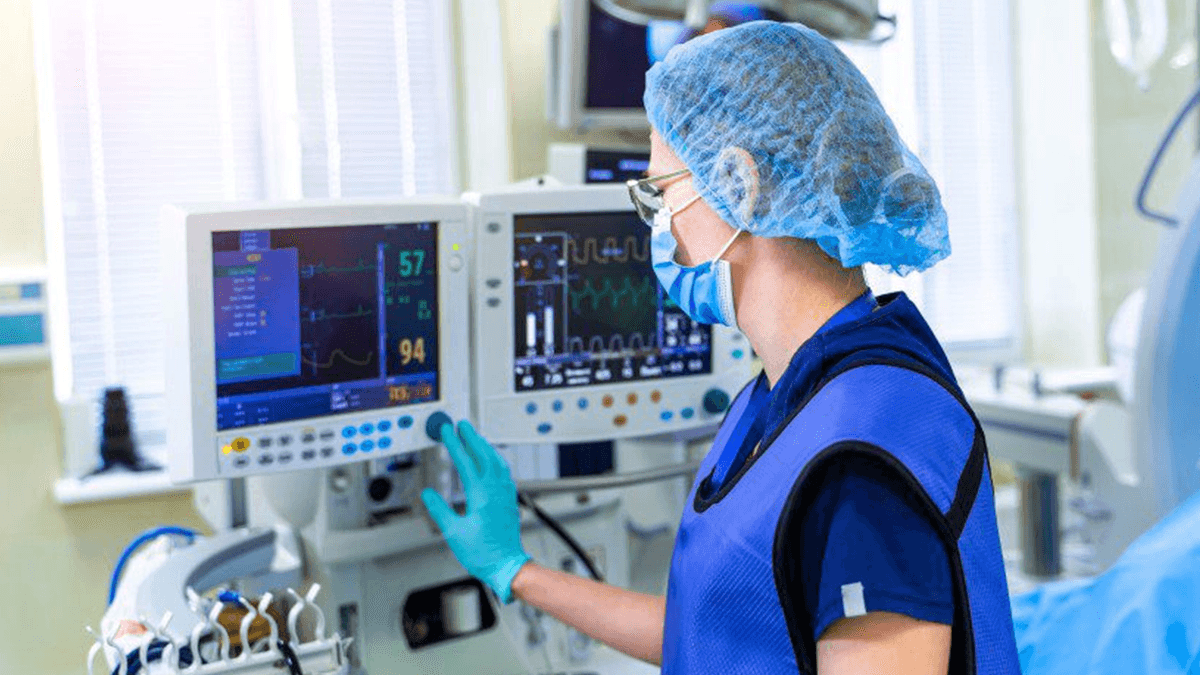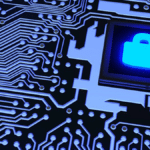The Pros and Cons of Upgrading or Replacing Medical Devices

Unsecured medical device networks pose a serious risk to healthcare organizations. In fact, according to the HIPAA Guide, some alarming statistics show just how real the threat of data breaches in healthcare truly is. Some of these stats include
- From 2010 to 2021, healthcare data breaches have more than tripled
- The average breach comprises 74,000 records
- In 2022, 50 million individuals Americans (roughly 15% of the US population) were affected by a healthcare data breach
The evidence shows that medical devices are increasingly targeted by malicious actors who seek to gain access to sensitive medical information and equipment to manipulate or sabotage for monetary gain.
As hackers become more sophisticated each year, healthcare organizations must ensure their networks are as secure as possible. This security effort includes ensuring that all medical devices on the network are secured, monitored, and given routine maintenance to protect against suspicious activity or unauthorized access attempts.
Healthcare organizations in today’s day and age should have standard protocols like conducting thorough risk assessments before upgrading or replacing medical devices. Each decision’s pros and cons must be weighed as part of this process.
While the resources and human hours required for medical device procurement can be costly, ensuring that medical devices are up-to-date with the latest security protocols is necessary. Ultimately, medical device security is essential to keeping patient data safe and ensuring medical equipment functions properly. A healthcare organization in 2023 cannot exist without it.
This article will take you through the following:
- The pros and cons of upgrading or replacing devices
- The importance of risk assessment
- Best practices for updating medical devices
- Why a holistic approach to IoMT security matters
- How Asimily can help your organization protect patient data better
Pros of Upgrading or Replacing Devices
Upgrading or replacing medical devices can benefit medical facilities, primarily by improving security, performance, and potential cost savings. Installing newer medical devices with the latest security features and functionalities increases your medical facility’s compliance with current standards and regulations while offering more comprehensive protection for patient data. Having the plan to upgrade or replace medical devices can mitigate the risk of equipment procurement, including outdated models that may be vulnerable to malicious attacks or malfunction due to a lack of support from the manufacturer.
While the initial cost of upgrading or replacing medical devices may be high, the long-term cost savings with better equipment and mitigated risk can outweigh that initial investment. Better equipment can also lead to a lessened need for risk assessment and the remediation process associated with outdated technology.
Lastly, replacing an old medical device with a new one allows for an improved user experience and better ease of use. These advantages are significant for elderly patients or patients requiring special needs. A modern medical device can offer enhanced capabilities that simplify managing healthcare operations while providing access to real-time patient data, allowing medical professionals to make more accurate, timely decisions.
Cons of Upgrading or Replacing Devices
As with everything in life, typically, a set of pros also comes with a few cons. Although risk assessment is essential in the remediation process and helps identify medical devices with a higher risk of causing harm, there are downsides and limitations to consider.
One such downside to medical device risk assessment is its increased costs. As we outlined in the section before, there are long-term potential cost savings to having the latest and greatest equipment, but there is undoubtedly a start-up cost associated with upgrading and replacing devices. Risk assessments can necessitate additional personnel and resources to ensure accuracy. Furthermore, upgrading and replacing devices should require sign-off from critical organizational stakeholders, such as clinicians, administrative, and IT executives.
Medical device functionality may suffer due to added security features requested during risk assessment. These add-ons could decrease usability for medical staff or patients and further strain resources. This potential decrease in clinical functionality should be considered when upgrading or replacing devices, as it will directly impact the patients you serve who deserve the best medical treatment.
When replacing high-risk devices, there is no guarantee that the new device will be safer than the old one.That is why you must always weigh your options and make the decision that will benefit all parties. The challenge is finding the balance between adequately caring for your current patient base with an eye toward improving patient care for the future. Therefore, healthcare organizations must approach these technical upgrades with clinical recommendations for the existing and future patient base, clinical staff, and IT specialists.
The Importance of Risk Assessment
Risk assessment is the process that evaluates and identifies potential risks related to medical device security. When performed correctly, it helps reduce the probability of data breaches and other cyber-attacks.
During the medical device procurement process, IT professionals should complete a risk assessment to guide the HTM staff to make informed decisions about what medical devices are appropriate and how to procure the most secure devices for their organization. A risk assessment considers medical device features, provider reputation, and warranty policies. Products like Asimily ProSecure can simplify the process by providing an easy way to create comprehensive medical device security assessments, such as defining a vendor’s access to medical security devices and determining how that impacts overall security posture.
Understanding the importance of completing a risk assessment before procuring medical devices is essential to ensure system security. Organizations can decrease their risk potential and improve medical device security by understanding potential risks associated with medical devices and taking appropriate steps to minimize them.
Understanding the pros and cons of each medical device is vital for making informed decisions about equipment procurement and overall security. Risk assessment should get performed carefully and new devices should be added to the network only when the benefits far outweigh any associated risks.
Best Practices for Upgrading or Replacing Medical Devices Securely
If an organization goes through the arduous process of medical device replacement and/or upgrades, it’s essential to do it right. Before procurement and deployment, medical devices should be tested and verified for security. This extra step helps ensure that medical device users can have peace of mind regarding the safety of their data and patient records.
It’s also important to consider strategies for minimizing downtime during the upgrade process. In healthcare settings, there is zero tolerance for downtime, which could lead to staging multiple medical devices in parallel or using redundant systems so that when one system goes offline, the medical network can continue to operate. This extra effort will help medical professionals continue providing timely medical care and addressing emergencies without interruption.
By following these essential steps, medical device networks can get replaced or upgraded safely and securely while minimizing disruption to patient care.
A Holistic Approach to IoMT Security
Asimily helps healthcare organizations take steps to achieve IoMT security (Internet of Medical Things). These steps include medical device procurement and risk assessment, which should get conducted before medical device implementation to identify any potential security issues. Further steps like setting up user access controls and regularly updating software and firmware can also help reduce the overall risk associated with medical devices.
To learn how to effectively protect medical devices from cyber threats, download our step-by-step guide. And don’t miss out on the insights provided in the Cybersecurity IoMT Webinar Series where Sr Director of Solutions Engineering, Luke Smith dives into these 8 Steps further! Watch it on demand now.
Mitigate Medical Device Cyber Risk with Asimily
Asimily is an IoMT medical device risk remediation platform created to provide hospitals with a holistic approach to medical device security. Our product allows hospitals to inventory and monitor medical devices, deploy streamlined segmentation policies, identify anomalies and incidents in medical device networks, and use forensic analysis to reveal the tactics, techniques, and procedures an attacker may use.
Asimily offers a practical solution for your organization to analyze risks before procuring new medical devices. ProSecure collects data from multiple systems and merges the information into a usable security risk assessment report. This report rates each device configuration based on its potential impact and risk to your organization, providing actionable insights on which devices are safe to use. Insights from other networks can further inform your organization’s device procurement decisions.
By leveraging Asimily’s Proseecure process, healthcare teams can quickly assess the risk associated with medical devices before they get introduced into their organization. This thoroughness helps address potential vulnerabilities by providing real-time visibility into changes made during the medical device onboarding process.
With its anomaly detection feature, Asimily can rapidly detect changes within medical device networks, alert medical staff to potential threats and incidents, and allow medical teams to respond quickly and effectively. In addition, Asimily’s vulnerability management feature enables medical organizations to identify vulnerabilities in medical devices before attackers exploit them.
Asimily’s reporting capabilities also give medical organizations access to actionable data that can measure the effectiveness of their security policies. This reporting feature helps medical organizations demonstrate to leadership and upper management how risk and security get assessed in their medical device network(s).
By offering a comprehensive risk remediation platform for medical device security, Asimily provides hospitals with the instruments to ensure safe and reliable care gets delivered across their medical device networks.
To kickstart the healing process of medical devices that help heal your patients, schedule a free consultation with Asimily. Our team of experts is the go-to solution for ensuring that your healthcare organization can care for today’s patients while enabling a better healthcare experience for tomorrow’s patients.
Secure Every IoT Device.
Automatically.
Cyber threats move fast — so should you. Asimily gives instant inventory and smart, prioritized risk mitigation insights for every IoT, OT, and IoMT device — so you can take action before threats strike.




